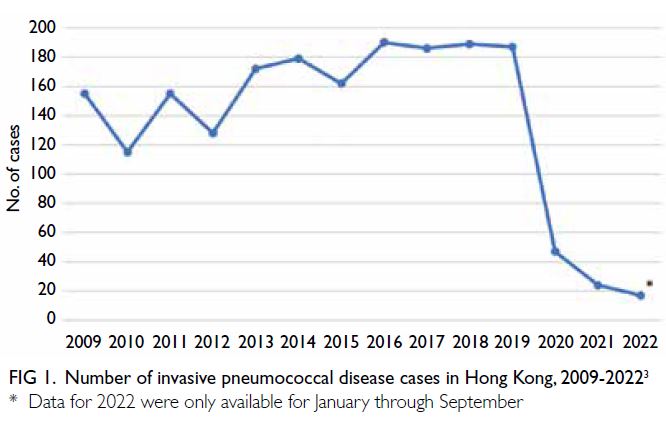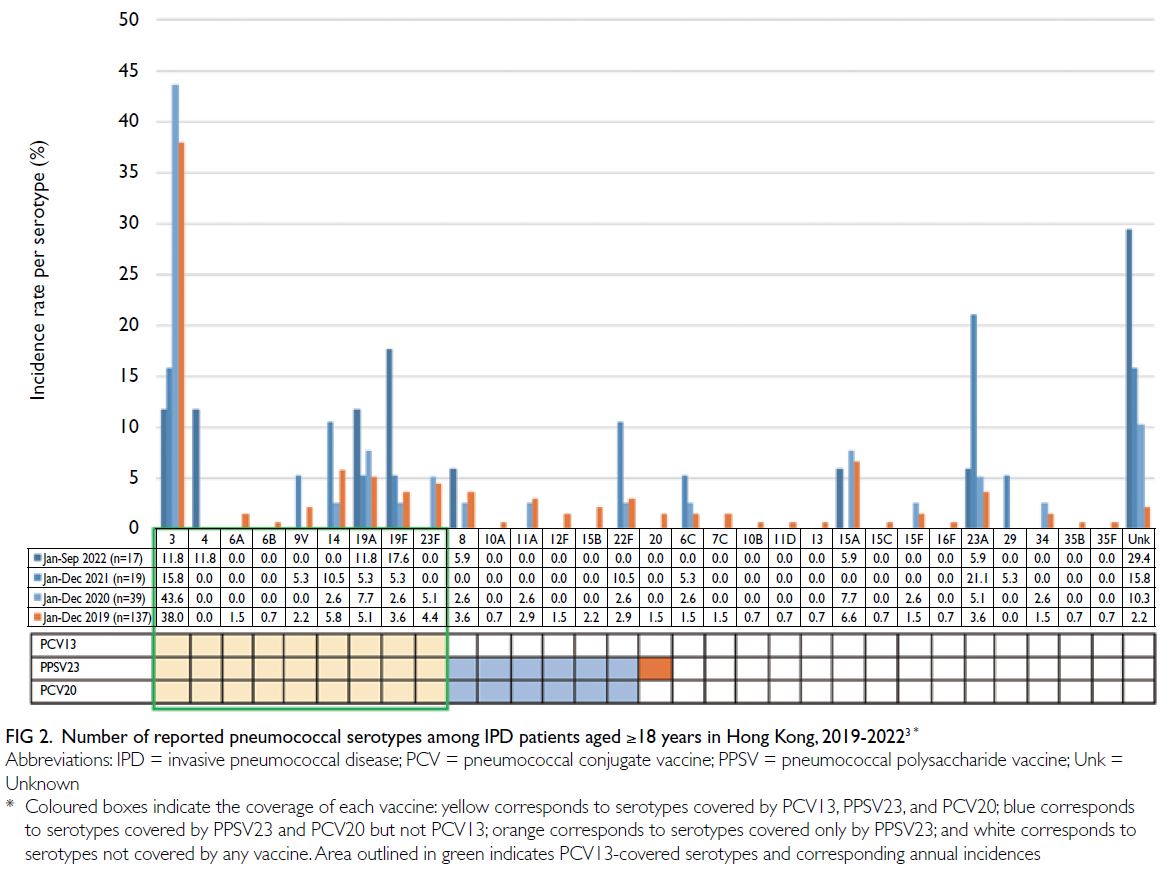Physician motivation and satisfaction matter in healthcare
© Hong Kong Academy of Medicine. CC BY-NC-ND 4.0
EDITORIAL
Physician motivation and satisfaction matter in
healthcare
Harry HX Wang, PhD1,2,3 #; Yu-ting Li, MPH4 #; Hongyan Duan, MD5 #; Martin CS Wong, MD, MPH6,7
1 School of Public Health, Sun Yat-Sen University, Guangzhou, China
2 School of Traditional Chinese Medicine, Southern Medical University, Guangzhou, China
3 Usher Institute, Deanery of Molecular, Genetic and Population Health Sciences, The University of Edinburgh, Scotland, United Kingdom
4 State Key Laboratory of Ophthalmology, Zhongshan Ophthalmic Center, Sun Yat-Sen University, Guangzhou, China
5 Department of General Practice, Henan Provincial People’s Hospital, Zhengzhou, China
6 The Jockey Club School of Public Health and Primary Care, Faculty of Medicine, The Chinese University of Hong Kong, Hong Kong
7 Editor-in-Chief, Hong Kong Medical Journal
# Equal contribution
Corresponding author: Prof Martin CS Wong (wong_martin@cuhk.edu.hk)
The primary goals of a health system are generally
regarded as the advancement, restoration, and
maintenance of health through efforts to ensure
coordinated, sustainable delivery of effective,
safe, and people-centred healthcare that involves
promotion, prevention, treatment, rehabilitation,
and palliation.1 High-quality services delivered by
motivated healthcare providers are essential for the
achievement of effective universal health coverage in
countries at all income levels. However, factors that
contribute to the quality of healthcare services are
multivariate, complex, and interrelated; they cover a
wide spectrum of patient-, provider-, organisation-,
and system-level enablers and barriers. A previous
systematic review demonstrated the negative
consequences of physician unwellness on healthcare
system outcomes, including but not limited to worse
recruitment and retention, reduced productivity and
efficiency, suboptimal patient care quality, higher
rates of patient nonadherence and dissatisfaction,
and increased risk of medical errors.2
In this issue of the Hong Kong Medical
Journal, Gao et al3 used standardised patients and
questionnaire interviews to examine the extent
to which healthcare quality could be attributed
to work motivation among village clinicians in 21
rural counties across three provinces in China.
The research demonstrated a positive relationship
between village clinicians’ internal work motivation
and their clinical performance; this association was
stronger with incentives and lighter workload (eg,
number of patients per month).3 The study adds to
a body of previous work published in our section
‘Healthcare in Mainland China’4 by identifying
factors associated with healthcare quality in remote
and rural areas in China. It also highlights the
contribution of physician work motivation to the
delivery of high-quality care.
Physicians have a responsibility to meet the
needs of people throughout the healthcare system; they also have a responsibility to make evidence-based,
sound clinical decisions. Physicians also make
substantial contributions to the advancement of
medical knowledge and practical skills by conducting
well-designed scientific research. For example,
research studies focused on coronavirus disease
2019 (COVID-19) are increasingly led by frontline
physicians who seek to gain insights regarding
disease transmission, risk factors, screening,
clinical diagnosis, immune responses, treatment
and pharmaceutical prophylaxis, and vaccines.5
The various high-value functions performed by
physicians inevitably require continuous dedication,
commitment, and passion. Therefore, work
motivation and career satisfaction among physicians
have received increasing attention over the years,
considering their close relationships with healthcare
quality.6 There is increasing empirical evidence
regarding the multidimensional factors, context,
and processes that may influence a physician’s
motivation for work; these aspects exert complex
effects on the risks of burnout, turnover intention,
and job satisfaction.7
Rapid progress in strengthening health
systems and service capacity has led to increased
clinical responsibilities and job demands on
physicians because of increased patient volume,
expanded key performance metric indicator targets,
and decreased autonomy. Additionally, physician
workloads can substantially increase during public
health emergencies. For example, the COVID-19
pandemic has presented new challenges that
require novel solutions with respect to infection
prevention, early recognition, rapid identification,
disease control, rehabilitation, and resilience.8 9 10 11 12
These changes have been addressed by research
conducted in Hong Kong. A recent territory-wide
cross-sectional survey revealed a high prevalence
of burnout among physicians who had completed
specialist registration within the past 10 years and among residents-in-training, as well as a high level
of depression among junior physicians who reported
substantial dissatisfaction with their current job
positions.13 A review of international literature
highlighted the prevalences of sleep deprivation and
circadian disorders related to prolonged working
hours; these problems affect physician health,
leaving physicians vulnerable to significant work-life
imbalance, psychological stress, and burnout.14
In remote and rural areas where limited
healthcare resource availability remains a recurring
key challenge, the achievement of desired health
outcomes is dependent on whether physicians can
deliver a broad spectrum of person- and family-centred
care in the community. Rural physicians
play an important role in the delivery of community-based
disease prevention and health promotion
in response to community healthcare needs.
Observational evidence from China suggests that
rural physicians with higher workloads tend to deliver
less frequent follow-up care; this phenomenon may
be explained by reduced initiative and motivation
related to the perception of an increased daily
clinical workload, particularly among physicians
who have not yet achieved clinical proficiency in
managing complex encounters.15 The results of a
nationally representative survey of physicians in
the United States also led to speculation regarding
the associations of intrinsic motivation factors with
physicians’ career enjoyment, life satisfaction, and
clinical commitment.16
Physician attitudes and behaviours with respect
to following clinical guideline recommendations
are presumed to strongly influence healthcare
outcomes. The inability or failure of physicians to
initiate or intensify therapy when indicated, despite
clear recognition of the problem (ie, ‘clinical inertia’),
represents a common and major barrier to efficiency
and effectiveness in disease management.17 18 A
recent observational study indicated that efforts
solely focused on increasing the proportion of
tertiary educational attainment among Chinese
rural physicians may not directly translate into
strong motivation and active commitment to
the provision of clinical services, considering
the potential for concurrent clinical inertia and
workload-related factors.15 Thus, there may be a
need for a systematic approach that incorporates the
use of facilitators (eg, computerised decision support
systems and standardised clinical management
protocols), provision of carefully and appropriately
designed incentives, and implementation of CME/CPD (continuing medical education/continuous
professional development) programmes throughout
each physician’s career,18 in addition to the initial
medical training.
There remains a vast array of factors to
consider when attempting to improve healthcare sustainability and enhance physician satisfaction over
time. For instance, practice structure and ownership;
relationships with colleagues within and outside the
practice; and the content, quantity, and speed of
work have been identified as factors that influence
physician career satisfaction.19 Some conceptual
frameworks may provide useful perspectives, such
as the Knowledge-Attitude-Behaviour-Result model,
Awareness-Agreement-Adoption-Adherence
model, Physician Guideline Compliance model, and
Regulatory Focus Theory.18 These frameworks may
help to guide interventions that overcome barriers
to physician motivation and satisfaction. Multiple
randomised clinical trials have been conducted
to explore innovative approaches that promote
physician well-being. A study at the Mayo Clinic in
the United States demonstrated that self-facilitated
physician small-group meetings involving reflection,
shared experience, and small-group learning
produced significant improvements in burnout,
depressive symptoms, and job satisfaction.20 As
noted in a previous systematic review, physicians
with higher levels of career satisfaction are more
likely to dedicate their full attention to patients’
healthcare needs and provide better patient care.6
The current findings emphasise the
importance of promoting physical, emotional, and
spiritual well-being among physicians to ensure
empathy and compassion in patient care, while
minimising and preventing medical errors and
malpractice. Further research concerning the extent
to which relationships of physician motivation and
satisfaction with healthcare quality vary across
levels of healthcare and among medical specialists
will be of interest to the readers of the Hong Kong
Medical Journal. We also look forward to receiving
additional evidence from pragmatic implementation
studies that can provide insights regarding optimal
strategies for improving physician motivation and
satisfaction, particularly in the post–COVID-19 era.
Author contributions
The authors contributed to the editorial, approved the final version for publication, and take responsibility for its accuracy and integrity.
Conflicts of interest
The authors have declared no conflict of interest.
References
1. World Health Organization. Quality health services: a
planning guide. Geneva: World Health Organization; 2020.
2. Wallace JE, Lemaire JB, Ghali WA. Physician wellness: a missing quality indicator. Lancet 2009;374:1714-21. Crossref
3. Gao Q, Peng L, Song S, Zhang Y, Shi Y. Assessment of healthcare quality among village clinicians in rural China: the role of internal work motivation. Hong Kong Med J
2023;29:57-65. Crossref
4. Nie J, Shi Y, Xue H. Why is a special section “Healthcare in
Mainland China” so crucial for HKMJ? Hong Kong Med J
2022;28:6. Crossref
5. Wang HH, Chen L, Ding H, Huang J, Wong MC. Scientific
research on COVID-19 conducted in Hong Kong in 2020.
Hong Kong Med J 2021;27:244-6. Crossref
6. Scheepers RA, Boerebach BC, Arah OA, Heineman MJ,
Lombarts KM. A systematic review of the impact of
physicians’ occupational well-being on the quality of
patient care. Int J Behav Med 2015;22:683-98. Crossref
7. Perreira TA, Innis J, Berta W. Work motivation in health
care: a scoping literature review. Int J Evid Based Healthc
2016;14:175-82. Crossref
8. Collins RA, Wei TN, Tang AM, Fan AO, Fung AY.
Implementing evidence-based research in the era of
COVID-19 and other global health challenges. Hong Kong
Med J 2022;28(Suppl 3):S3-7.
9. Lai CK, Lam W, Tsang KY, Cheng FW, Wong MC.
COVID-19 pandemic after Omicron. Hong Kong Med J
2022;28:196-8. Crossref
10. Yan BP, Wong MC. Cardiovascular complications of
COVID-19: a future public health burden requiring
intensive attention and research. Hong Kong Med J
2022;28:199-200. Crossref
11. Huang J, Wang HH, Zheng ZJ, Wong MC. Impact of the COVID-19 pandemic on cancer care. Hong Kong Med J
2022;28:427-9. Crossref
12. Wong MC, Huang J, Wang HH, et al. Resilience level and
its association with maladaptive coping behaviours in the COVID-19 pandemic: a global survey of the general
populations. Global Health 2023;19:1. Crossref
13. Kwan KY, Chan LW, Cheng PW, Leung GK, Lau CS.
Burnout and well-being in young doctors in Hong Kong:
a territory-wide cross-sectional survey. Hong Kong Med J
2021;27:330-7. Crossref
14. Stewart NH, Arora VM. The impact of sleep and circadian
disorders on physician burnout. Chest 2019;156:1022-30. Crossref
15. Wang Y, Hu XJ, Wang HH, et al. Follow-up care delivery
in community-based hypertension and type 2 diabetes
management: a multi-centre, survey study among rural
primary care physicians in China. BMC Fam Pract
2021;22:224. Crossref
16. Tak HJ, Curlin FA, Yoon JD. Association of intrinsic
motivating factors and markers of physician well-being: a
national physician survey. J Gen Intern Med 2017;32:739-46. Crossref
17. Phillips LS, Twombly JG. It’s time to overcome clinical inertia. Ann Intern Med. 2008;148:783-5. Crossref
18. Reach G. Clinical Inertia: A Critique of Medical Reason. Paris: Springer-Verlag France; 2015. Crossref
19. Friedberg MW, Chen PG, Van Busum KR, et al. Factors affecting physician professional satisfaction and their implications for patient care, health systems, and health
policy. Rand Health Q 2014;3:1. Crossref
20. West CP, Dyrbye LN, Satele DV, Shanafelt TD. Colleagues
meeting to promote and sustain satisfaction (COMPASS)
groups for physician well-being: a randomized clinical
trial. Mayo Clin Proc 2021;96:2606-14. Crossref



